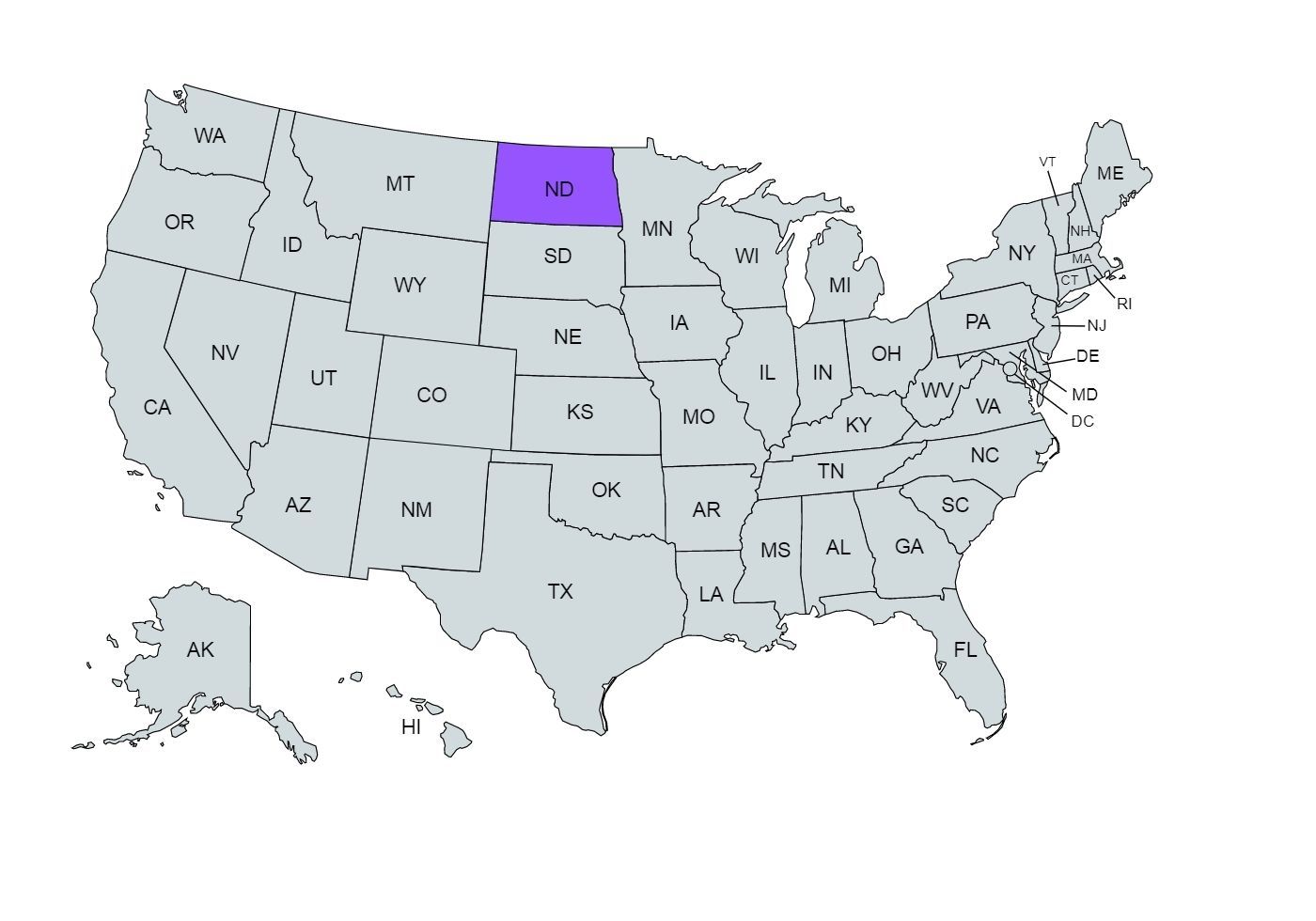North Dakota Paycheck Calculator: Calculate Your Net Pay
If you’re wondering, “How do I figure out how much money I take home in North Dakota” we’ve got you covered.
Use our simple paycheck calculator to estimate your net or “take home” pay after taxes, as an hourly or salaried employee in North Dakota.
Paycheck Calculator
Meanwhile, get ahead with our free resources:
How Does the Paycheck Calculator Work?
Input your salary information, such as wage and pay frequency, and our tool will handle the tax calculations for you. Once you’ve filled in all the information, click the “Calculate Tax” button, and the calculator will provide an estimate of your net or “take home” pay for the specified pay period.
Overview of North Dakota Taxes
North Dakota has consistently led the U.S. in job creation since 2009, with a remarkable Job Creation Index score of 40.
The state added an impressive 56,600 private-sector jobs since 2011, boasting an annual growth rate of 7.32%.

This state experienced the highest annual growth rate from 2009-2018 among all 50 states, primarily attributed to sectors like agriculture, energy development, and construction.
If you decide to start a new job in the "Peace Garden" state, here's what to expect tax-wise.
North Dakota's income tax system stands out for its low rates, ranging from 1.10% to 2.90%.
These rates apply to various income levels, making North Dakota one of the states with the lowest income tax burdens in the country.
For example, single filers with taxable income up to $39,450 are taxed at just 1.10%, while those with income over $433,200 face the highest rate of 2.90%.
One unique advantage is that no cities in North Dakota impose local income taxes, simplifying the financial landscape for residents.
North Dakota is a favorable state tax-wise due to its low state-income tax rates, absence of local income taxes, and a stable economic environment with a relatively high median household income.
Median Household Income in North Dakota
Salary in each state is typically based on the cost of living. While salaries vary widely based on position, the median household income in your state can give you a glimpse at the average salary a household is earning in your region.
In 2011, the median income stood at $51,704, and by 2021, it had risen to $66,519.
The annual increases in median household income varied from year to year.
Notably, the year with the largest increase was between 2016 and 2017, when there was a significant jump of $1,187. In contrast, the smallest increase was observed between 2014 and 2015, with just a $101 difference.
The specific variations from year to year provide insight into the dynamics of income changes, with some years showing more substantial growth than others.
Tips for Maximizing Your Paycheck
Here are some tips to help you maximize your paycheck:
- Become familiar with your payroll deductions
- Understand techniques for reducing your tax
- Fully utilize your work-related perks
- Develop a financial plan and define financial goal
- Look into additional income through extra hours or performance incentives
- Regularly check your pay stubs for inaccuracies
